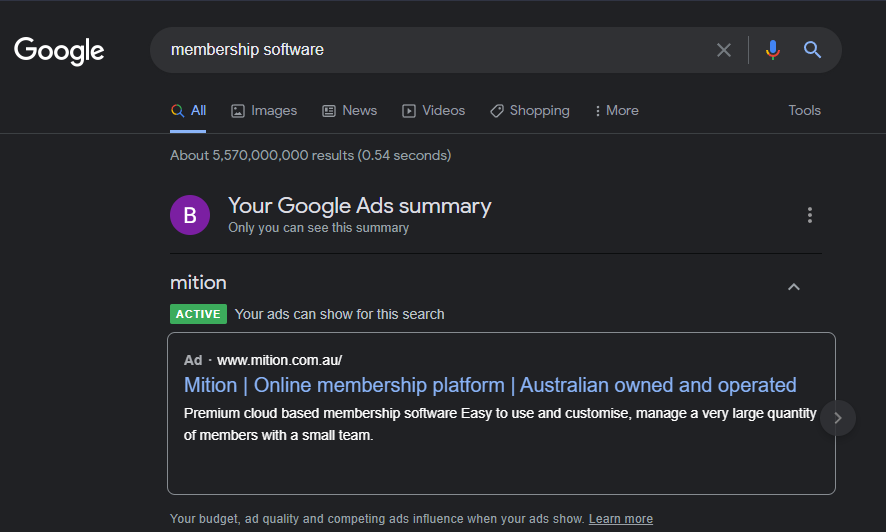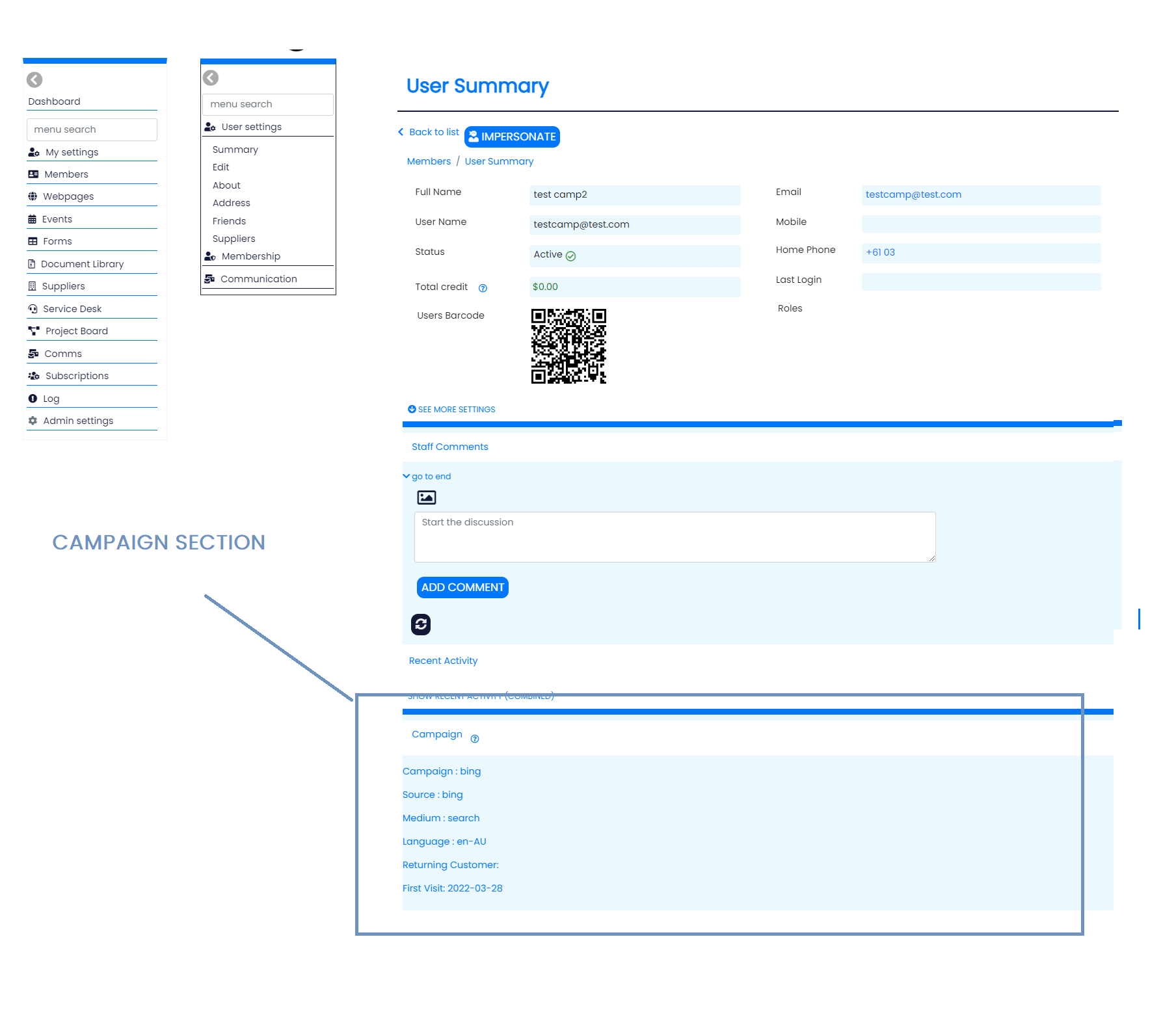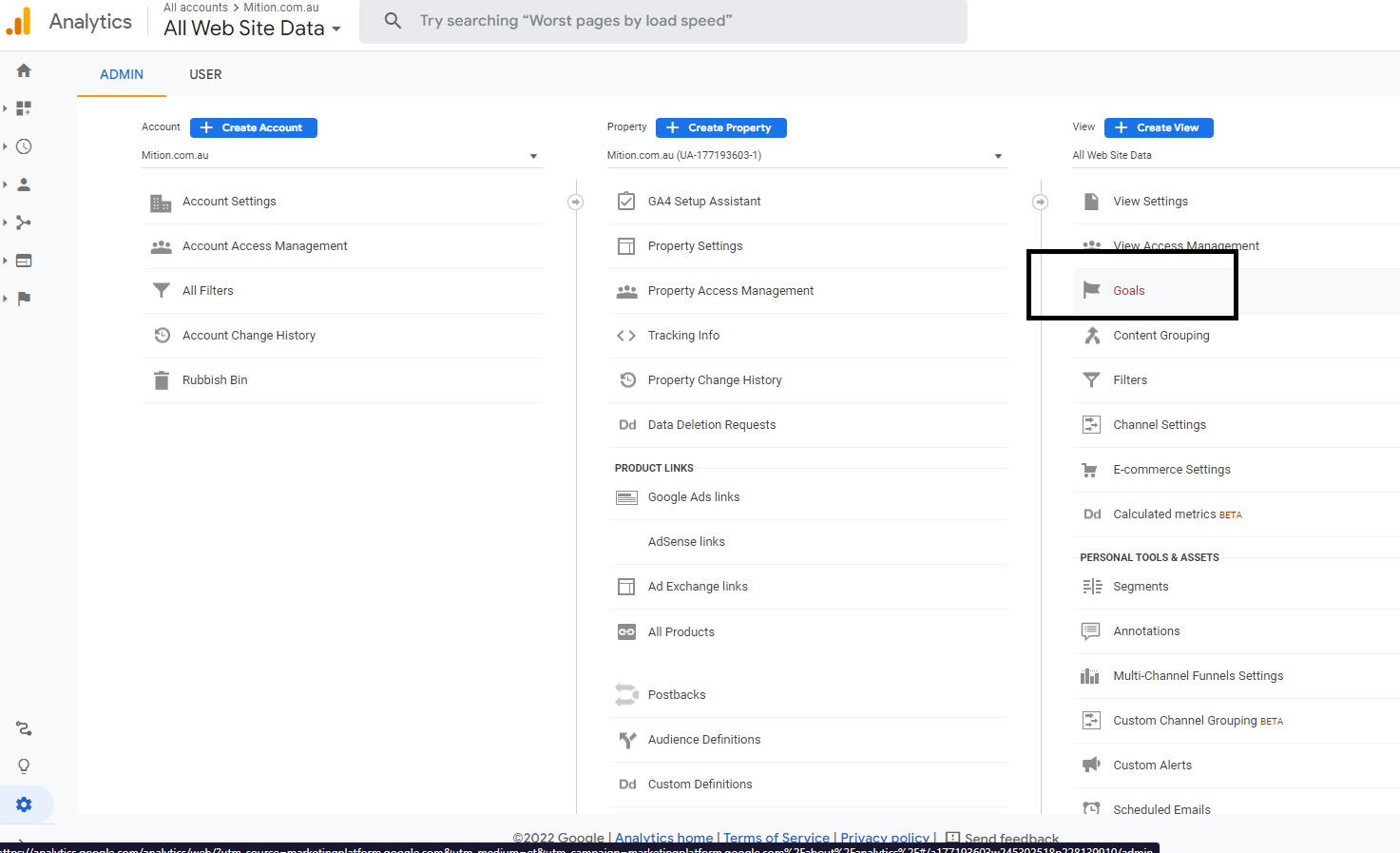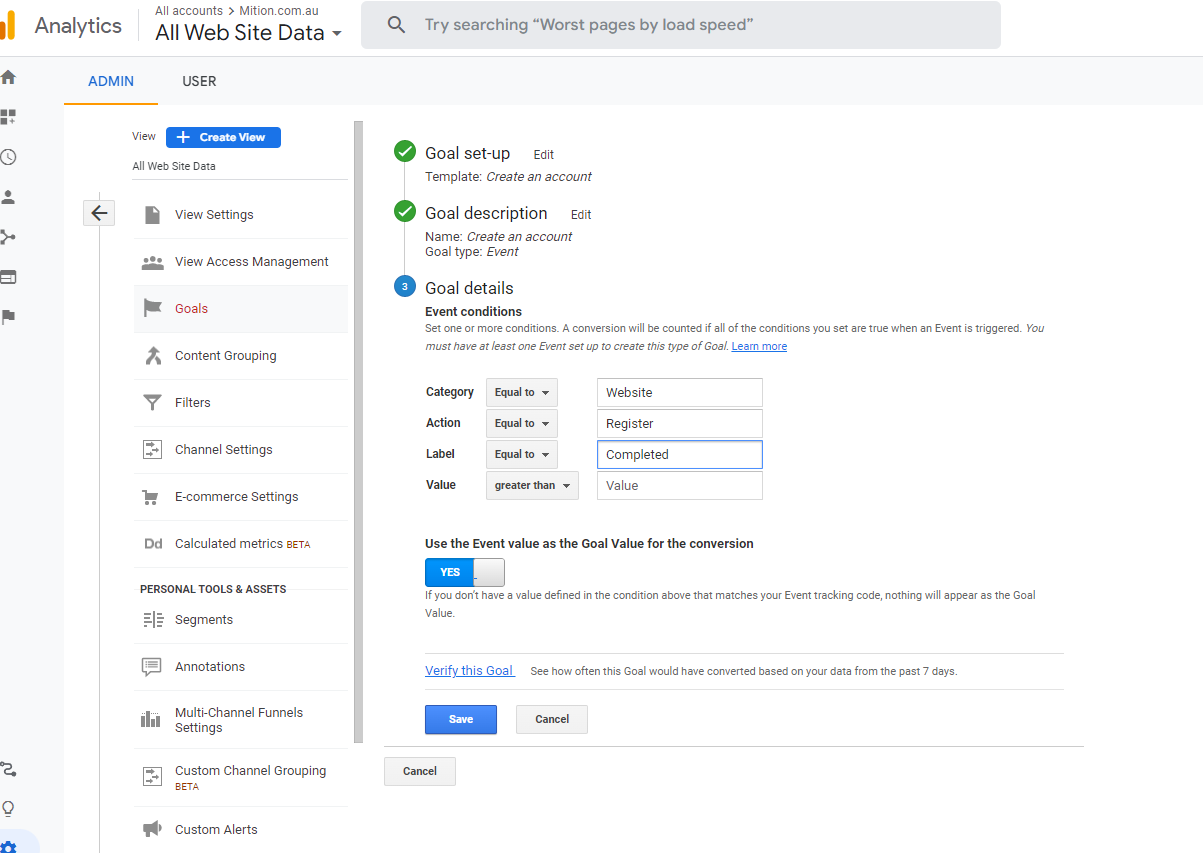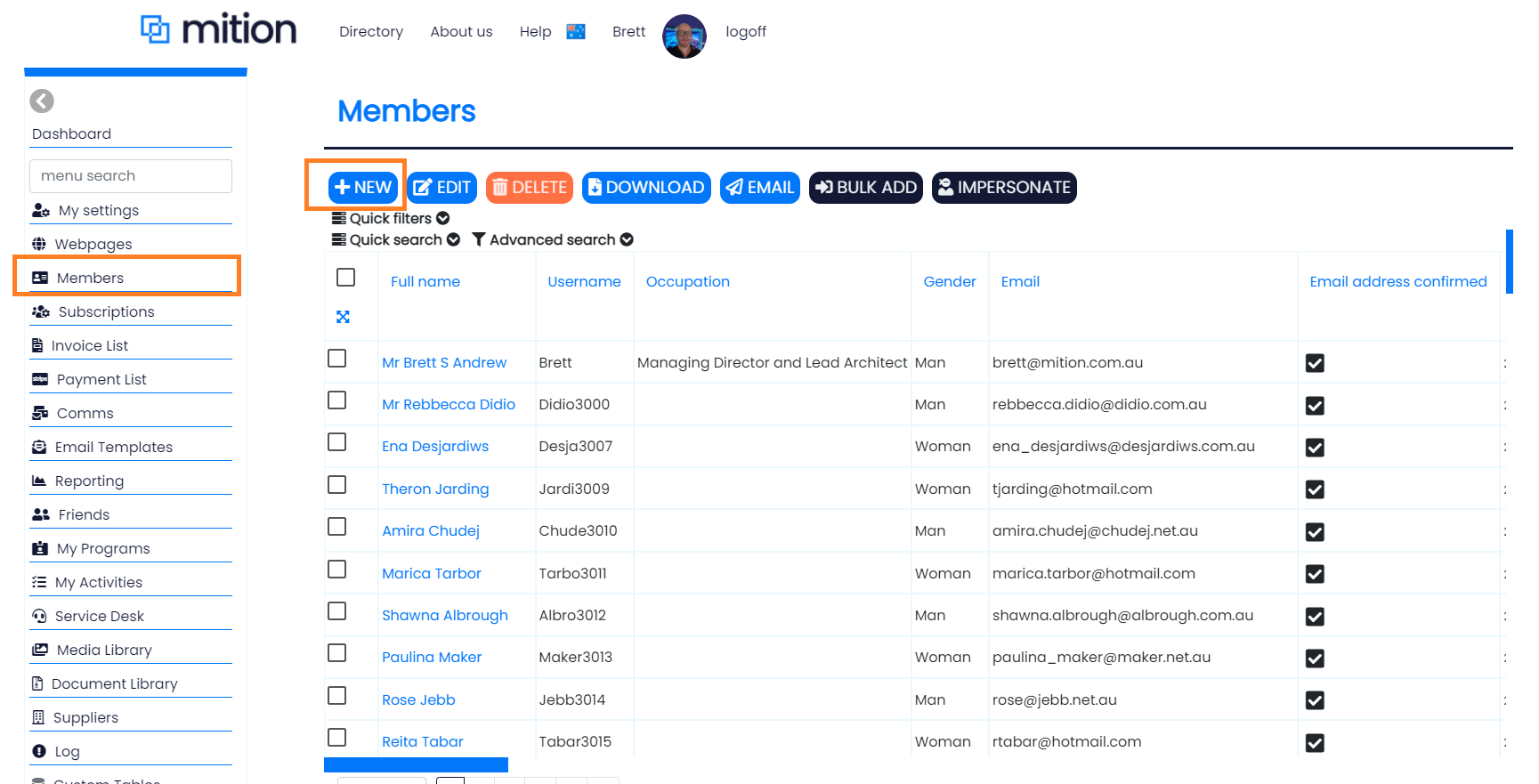Campaigns
Documentation | Campaigns
How to setup and track campaign success.
Just like membership based organisations, we ourselves often run campaigns to attract our perfect clients.
We run ads through different channels and campaigns and we look at how much we spend on each campaign versus how many new customers this campaign brought in.
When you create a campaign, it doesn't matter which company you go through, you can use your mition website to record where this member came from.
The mition site has recently added tracking for campaign url query strings; which probably means nothing to you, but lets explain how it works as simply as possible.
Your boss tells you to go and get new members for 2023 and you have $1000 to spend on pay per click (ppc) advertising.
What is ppc advertising, basically, its a 3rd party like Google, Microsoft, Facebook who display your advertisement when users search for specific keywords that you think might attract your perfect candidate.
Once you pick what kind of advertisement you want, they will all ask for a final URL or a landing page for your ad. This is the page on your mition site where users will arrive and in the marketing world we call these Landing Pages.
Landing Pages (Basic)
A landing page can be any page on your website. Often initially you use your websites homepage and hope the user finds what they are looking for and signs up.
Lets say your home page is here:
https://mygreatco.org
When you setup your marketing campaign however use a querystring like this so the campaign is tracked.
https://mygreatco.org?utm_campaign=new-members-2023&utm_source=bing&utm_medium=search
This url has a query string with 3 parts in it, you can use any of these individually too like this if you want it to be simpler and you are only using 1 source (so you know it is bing always for example so you don't need to specify it):
https://mygreatco.org?utm_campaign=new-members-2023
or
https://mygreatco.org?utm_source=bing
or
https://mygreatco.org?utm_medium=search
The above will be tracked as the campaign "bing" and it doesn't matter if this user signs up right away or 9 months from now, either way we record how they originally found your website as a cooking in their browser and when they first register we save the campaign to the user record.
Make sure you adjust this query string for each different vendor, e.g google search you would want to use this:
https://mygreatco.org?utm_campaign=new-members-2023&utm_source=google&utm_medium=search
You can see the campaign on the user summary screen.
What are each of the query parameters for?
The Campaign Parameter (utm_campaign)
This parameter provides the name of the specific marketing campaign, such as “new-members-2023”, “ppc-campaign”.
This one campaign could run across Facebook, Google, Bing and other providers and it allows you to group the whole campaign.
The Medium Parameter (utm_medium)
This parameter defines which medium the visitor used to find your website, such as “social”, “email” or “search”. This parameter is useful to distinguish which medium is bringing you the most traffic or the highest quality traffic.
The Source Parameter (utm_source)
This parameter tells you what the source of your traffic is, such as “google” “bing” or “facebook”
Landing Pages (advanced)
Creating a landing page as an advanced marketing funnel has a few tricks involved.
1. Match Ad and Landing Page Copy
If you promised something in your ad, make sure the user is seeing what you promised and not a whole different campaign. Your add might say "We need you in 2023" and when they get to the site it talks about the impeding doom of a government decision. This is why when you setup an ad campaign you should have a dedicated landing page for that ad to maximise conversions.
2. Prominently feature the product
Similar to (1) make sure this page talks mostly about what the ad was related to.
3. Accurately describe the product and its benefits
Simple dot points and short concise sentences. Keep it brief and to the point. The benefits, the organisation, some important stats (e.g. 30,000 members).
4. Landing pages must be credible
Again keeping things to the point and focusing on why the user clicked on this ad is important. The page needs to be able to standalone from your entire website.
5. Reduce distractions
This is a relatively proven trick in marketing. Remove the menu bar and footer and provide the only link to more information is through registering, not subscribing, just registering.
Here is an example:
/landing?utm_campaign=example-campaign&utm_source=mition&utm_medium=content
With mition we can remove these completely for just a single page, you can even do it yourself too, just add a javascript control to your webpage and put the below javascript section and then this in the html you can leave that blank.... see the below example.
Javascript to remove menu and footer
function landingpagespecial(){console.log('starting search engine load');
console.log('started');
var buttons = document.getElementsByClassName("Members--Main-navbar"),
len = buttons !== null ? buttons.length : 0,
i = 0;
for(i; i < len; i++) {
buttons[i].className += " hidden";
console.log('hidden ' + buttons[i].className);
}
console.log('finished');
}
setTimeout(landingpagespecial, 100);
setTimeout(landingpagespecial, 2000);
setTimeout(landingpagespecial, 4000);
Google Goals using Analytics events
When you create a landing page you want to record in Google Analytics when a "goal" has been achieved. This can be a form being completed, a contact us being completed or a user registering. Either way telling Google Analytics that a goal was triggered helps you to find which campaigns leads to the most goals.
We have these EVENTS automatically fire when these events in the system are reached and you have setup google analytics.
When a user submits any form
Category=Form
Action=FormSave
Label=[Form name]
Value=[blank]
When a user registers for an event
Category=Event
Action=Register
Label=[Event title]
Value=[blank]
When a user registers for the site
Category=Website
Action=Register
Label=Completed
Value=[blank]
When a user submits contact us
Category=Website
Action=ContactUs
Label=Submitted
Value=[blank]
You can add a goal in Google by clicking "Admin Settings" in your Google Analytics account in the bottom right corner (see image below) and then selecting "goals"
Conclusion
When your organisation is ready to start advertising, use the campaign query strings to capture which of your advertisements are working.
You can also use different ads (change the wording) and even landing pages and test which of these is creating more conversions (clicks from ads creating registered users).
If you want more customers for free, you should focus on SEO. SEO is ensuring that your content, website description and keywords are all working together to get you on the front page of major search engines.
Cookie Limits
Mition stores the campaign data as a cookie on the user browser. As of Chrome release M104 (August 2022), cookies can no longer set an expiration date more than 400 days in the future. So if a user first visited your site over 400 days ago and did not register, the system is most likely unable to link them to that first campaign visit. Same if they visit from a different device or have cleared all their cookies since their first visit.
